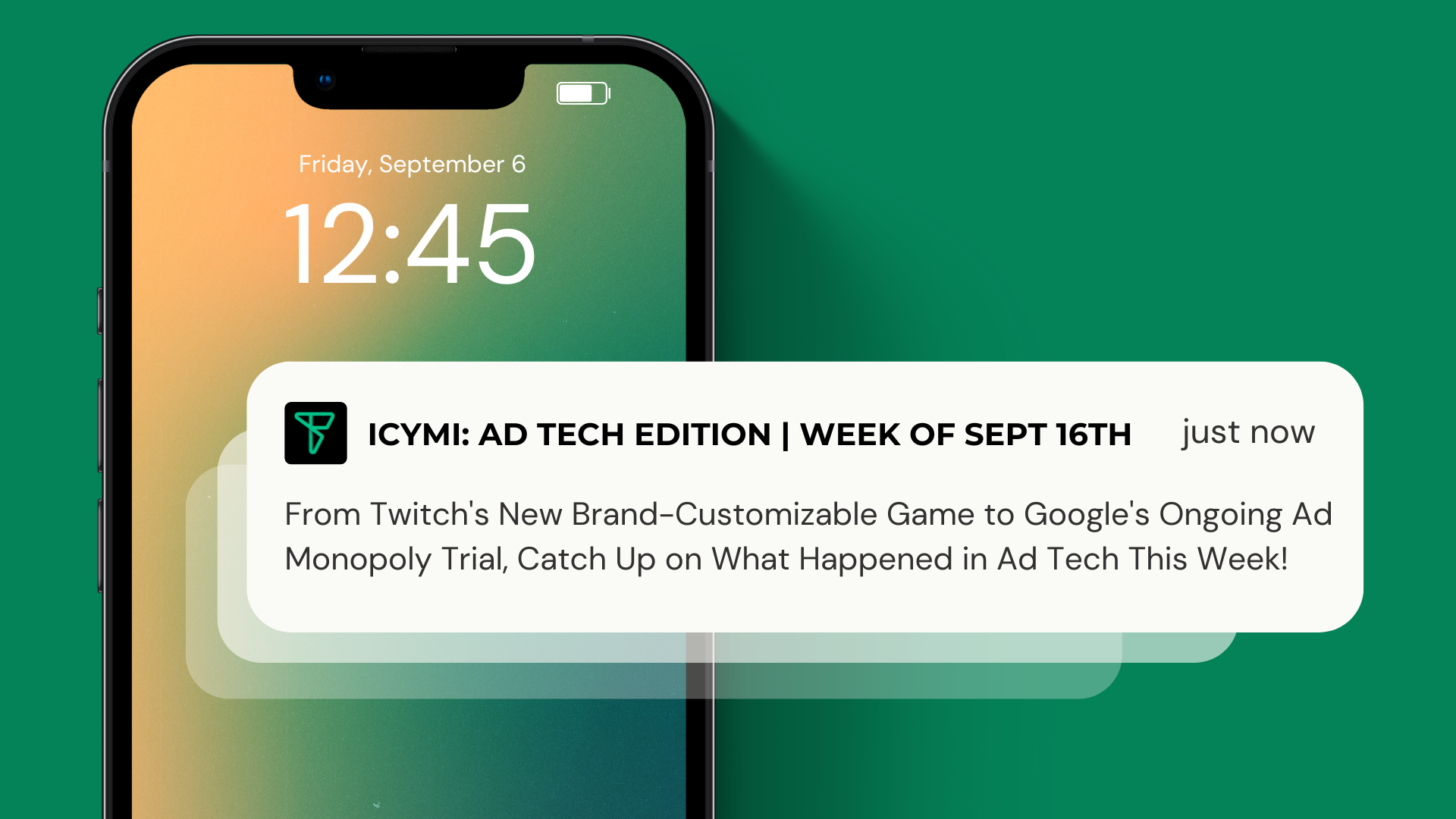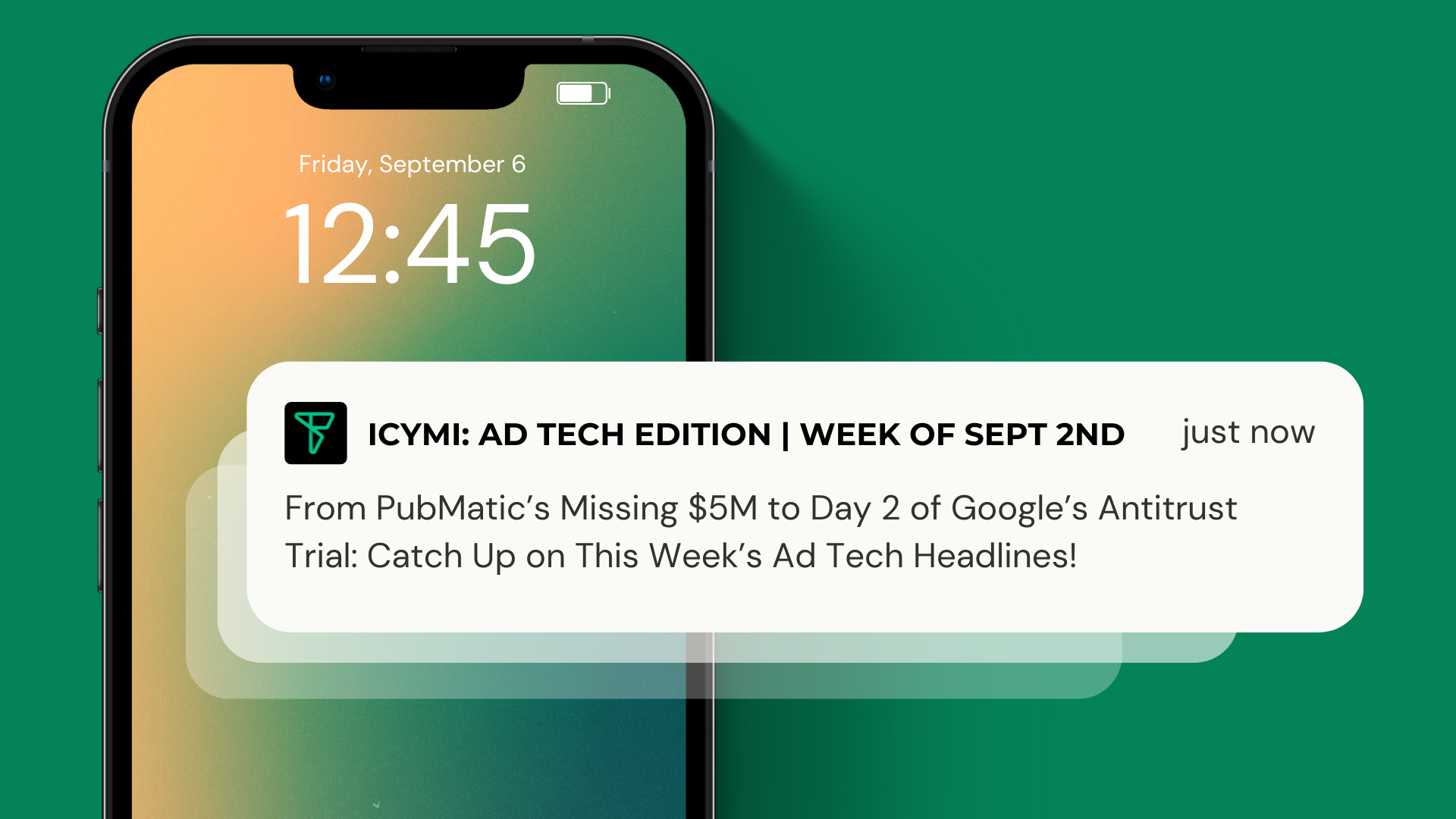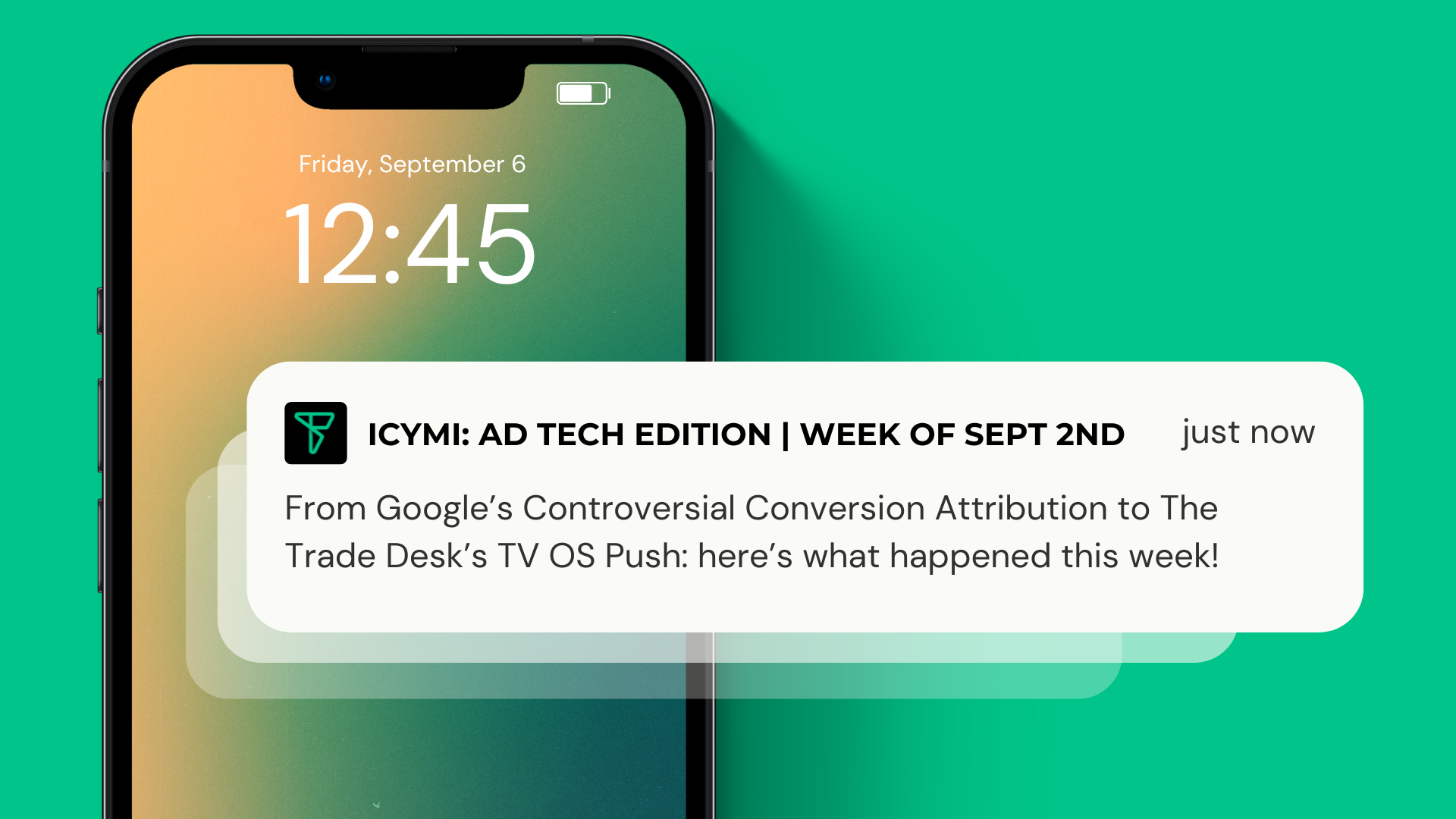Bits and Bobs from around the industry:
- Media Briefing: Publishers are counting down to the end of Q4
- Publishers, Don’t Settle For Below-Floor Pricing
- Microsoft launches pubCenter, a Google competitor for small publishers
Media Briefing: Publishers are counting down to the end of Q4
In this year’s fourth quarter, publishers are expressing discontent with their revenue performance. Traditionally, Q4 is a significant revenue period, but it’s shaping up differently this time. Publishers have been candid about their disappointment, with one anonymous media executive succinctly describing the situation as “it sucks out there.” To compensate, publishers are focusing on in-quarter selling, turning the final months of the year into a race to secure as many ad deals as possible.
Some of the tactics employed to wrap up Q4 ad sales include quick-turn programmatic spots and sponsorships related to gift guides. While 2023 hasn’t seen the expected Q4 resurgence, there’s still optimism for 2024, albeit with modest projections.
The revenue landscape varies across different ad categories, with sectors like auto, pharma, food, beauty, and retail performing well in Q4, while tech, travel, and fashion are lagging. The unique demographics of some publishers, particularly those targeting 18-to-34-year-olds, help insulate them from economic fluctuations. Fast food, insurance, fashion, beverages, snacks, and streaming and entertainment categories are among the growth areas for certain publishers.
As the programmatic market evolves, publishers are focusing on offering high-touch, bespoke advertising solutions such as events and branded content. These offerings are expected to become more prominent in 2024. The ad industry is showing some progress in terms of inclusivity, as publishers are working to address issues like keyword blocklists that have disproportionately affected minority-led media companies.
While Q4 hasn’t delivered the expected revenue pop, publishers are finding ways to adapt and are looking ahead to 2024 for potential growth. Clients have shown increased responsiveness in recent months, indicating a positive shift in proactive selling strategies.
Publishers, Don’t Settle For Below-Floor Pricing
The Trade Desk (TTD) has adopted a strategy of ignoring publisher floor prices, signaling a change in the dynamics of the programmatic advertising ecosystem. It discusses the historical context, beginning with the introduction of supply-side platforms (SSPs) to protect publishers’ interests in automated auctions. SSPs introduced dynamic floor pricing to ensure that demand-side platforms (DSPs) submitted their best bids into the auction.
Header bidding later emerged as an auction layer that integrated multiple SSPs into a unified auction, increasing yield but also raising infrastructure costs. Some advanced DSPs implemented supply-path optimization (SPO) to control costs, while others initiated their SPO initiatives.
TTD responded to this trend by building bidder-based SPO and introducing OpenPath, enabling it to bypass SSPs and integrate directly with publishers. However, this move focused primarily on efficiency and overlooked the value that SSPs provided to publishers, potentially reducing publisher yield.
Publishers should not support DSPs bypassing SSP partners and need to reevaluate their header frameworks to avoid bid gaming. Publishers should insist that primary SSPs maintain control over yield optimization strategies, including dynamic floor pricing. If publishers relinquish control over pricing, they risk becoming entirely dependent on demand-side platforms. In conclusion, the article calls on publishers to regain control over their inventory and pricing to restore equilibrium in the programmatic advertising ecosystem.
Microsoft launches pubCenter, a Google competitor for small publishers
Microsoft has launched pubCenter as a new ad platform designed for small publishers to monetize their websites, positioning it as a competitor to Google AdSense. The platform, currently in pilot release in the United States with a global rollout planned, offers a straightforward way for businesses to engage in programmatic advertising. To get started, businesses need to sign up for an account and integrate a single piece of code on their website. Subsequently, Microsoft pubCenter will serve ads from the Microsoft Advertising Network, encompassing advertisers from Microsoft Invest and the Microsoft Advertising Platform.
PubCenter provides several key features, including:
1. Flexible Mediation: Publishers can use Microsoft pubCenter ads alongside Google AdSense in the same ad units. Microsoft will only serve its ads when it predicts a higher bid, offering a dynamic approach to ad selection.
2. Control Over Ad Placement: Businesses can determine the number of ads displayed on their site and their precise placement, allowing them to manage the user experience effectively.
3. High-Quality Ads: Microsoft pubCenter ensures that ads served are relevant to the content on the publisher’s website and the interests of its visitors, enhancing user engagement and ad effectiveness.
4. No Entry Costs or Revenue Minimums: Small publishers can start using Microsoft pubCenter without incurring sign-up costs, revenue minimums, or volume requirements, making it accessible for a broad range of websites.
AdSense has traditionally been a go-to platform for publishers looking to monetize their websites. However, some smaller publishers may encounter difficulties when attempting to join AdSense due to factors like content quality, traffic quality, and policy violations. These challenges include maintaining high-quality, original content, adhering to Google’s policies, and avoiding copyright infringement, malicious content, hate speech, violence promotion, adult content, or illegal activity on their websites.
In contrast, Microsoft’s pubCenter offers a more accessible and flexible platform for small publishers, helping them overcome some of the entry barriers experienced with other advertising solutions. This development introduces increased competition and choice in the ad monetization space, offering publishers an alternative to AdSense for their online revenue generation needs.





